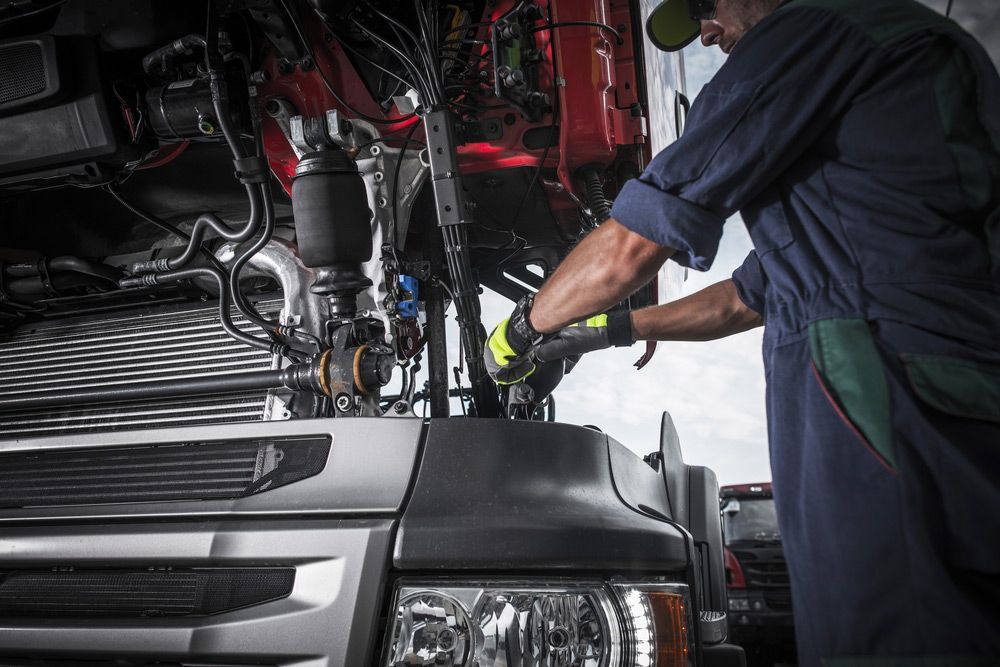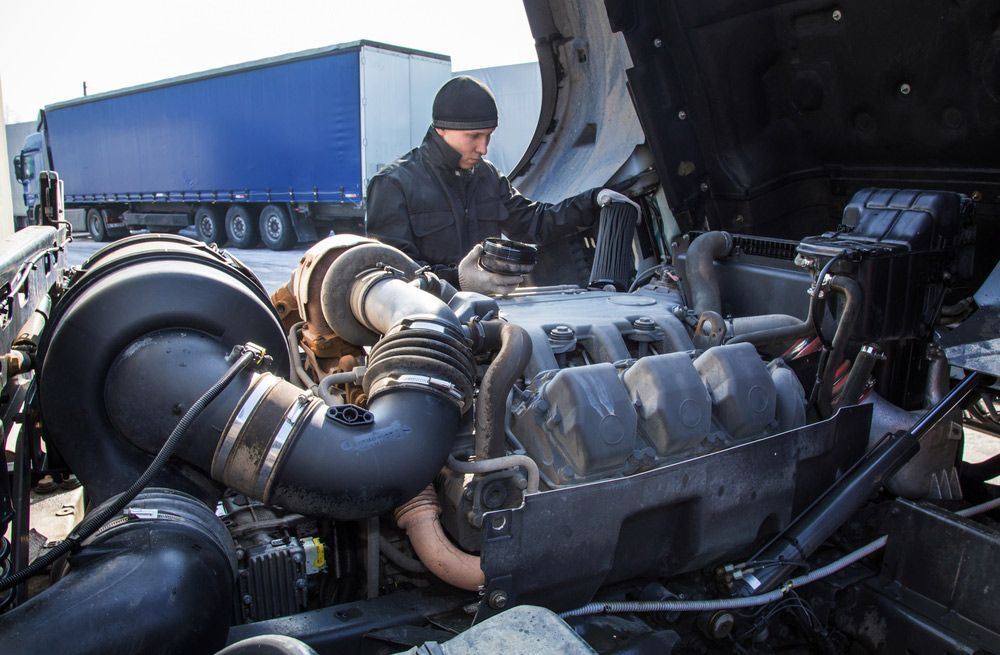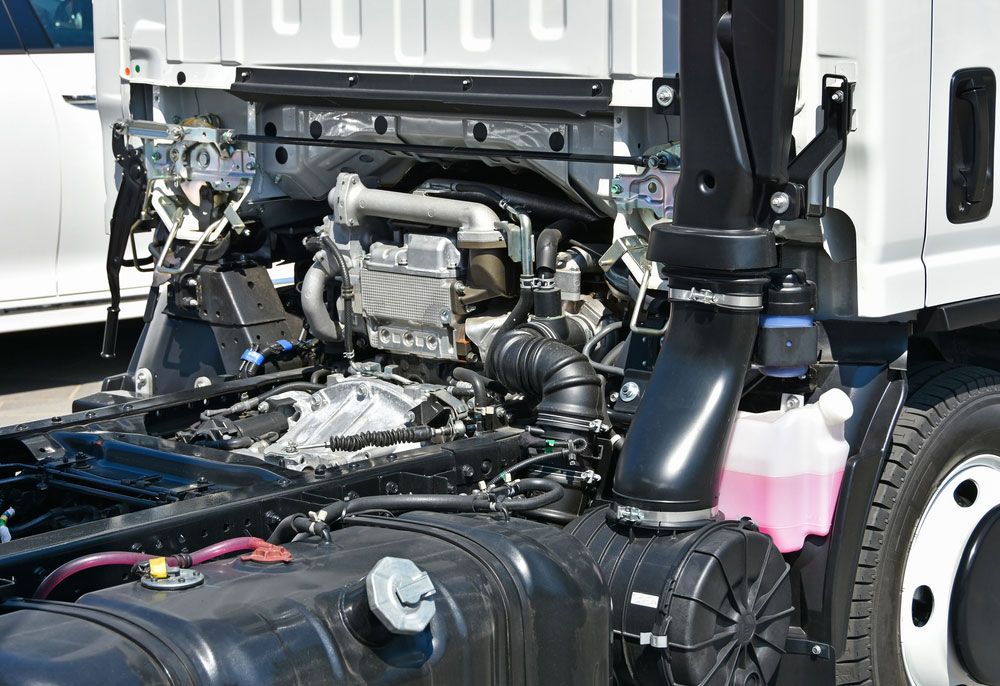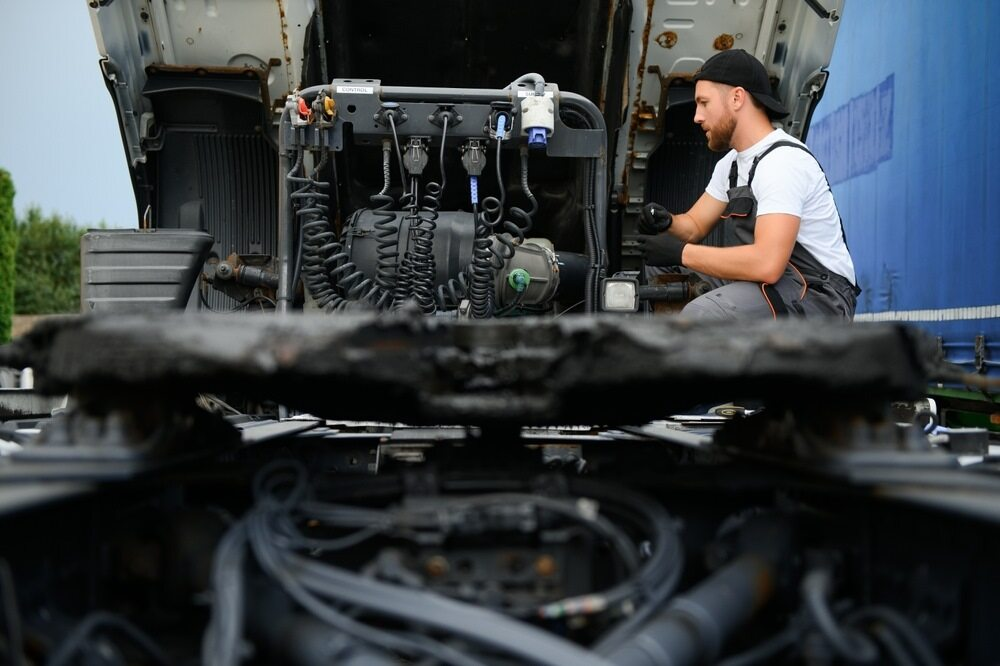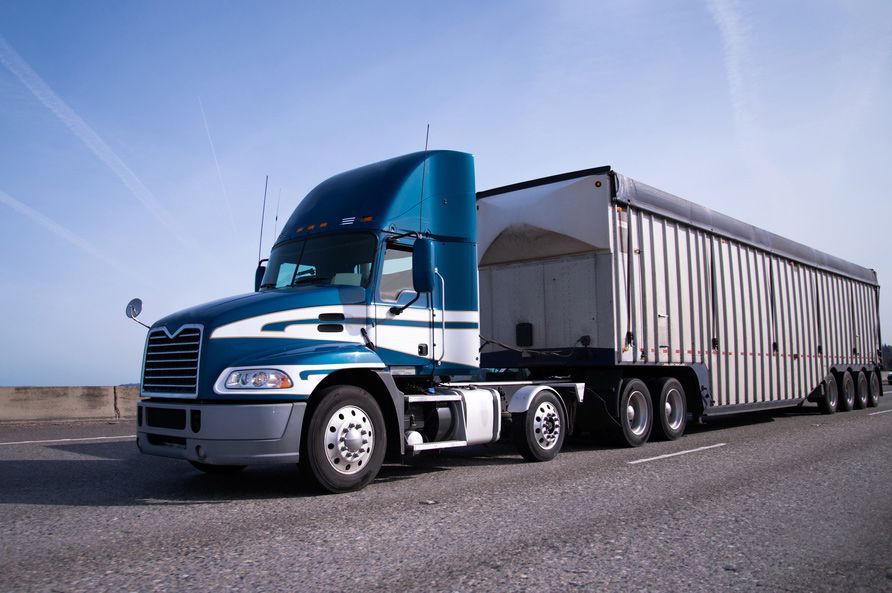How to Calculate The Carrying Capacity Of A Truck in Australia
March 21, 2022
How to Calculate The Carrying Capacity Of A Truck in Australia
There are a number of different terms and acronyms used when it comes to truck weights, such as payload, towing capacity, GVWR and maximum gross weight. These terms can be quite confusing to say the least. In this article, we’re going to remove the ambiguity and let you know how to calculate the carrying capacity of a truck in Australia.
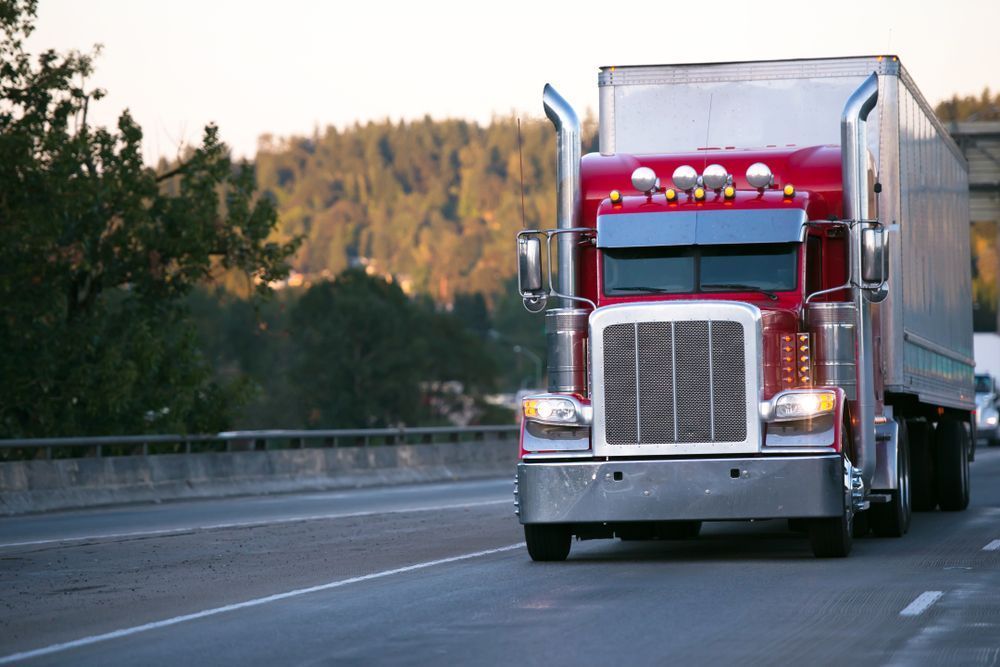
How to Calculate The Carrying Capacity Of A Truck in Australia
The most effective approach to determine weight measurements on your truck is to use a weighbridge. These are relatively common across Australia and you're usually charged a small fee to use them. There are also a few different types of weighbridge, ranging from single-deck weighbridges that have a manned operator or 24-hour automated kiosks. This is probably the best way to access the right tools to calculate the carrying capacity of your truck.
Finding out the carrying capacity of a truck, also known as the payload capacity, requires a few other figures, including the curb weight and the gross vehicle weight rating, or GVWR. The calculation is really straightforward and is as follows:
Finding out the carrying capacity of a truck, also known as the payload capacity, requires a few other figures, including the curb weight and the gross vehicle weight rating, or GVWR. The calculation is really straightforward and is as follows:
GVWR - curb weight = carrying capacity
So we now know that the carrying capacity of the truck is 5,000 pounds. It should be noted that this includes people and cargo, but it doesn’t account for towing capacity.
Assuming that the truck also has a trailer, then you would need to subtract the tongue weight of the trailer. This should be subtracted from the GVWR. So, using the same example as above, we can say that it also has a trailer that weighs 1,000 pounds. The tongue weight is 10% of the trailer weight, so it would be 100 pounds. The new formula, with tongue weight included, is as follows:
GVWR - curb weight - tongue weight = carrying capacity with a trailer
10,000 - 5,000 - 100 = 4,900 pounds
Don’t rely on advertised payload and towing capacities
Although truck manufacturers provide figures for carrying and towing capacities, it’s always a good idea to confirm them for yourself. The values given are a reflection of the maximum capacities when there is a single driver with no cargo. So, in most real-world situations, this isn’t an accurate representation. Most trucks will contain goods or even additional passengers that can throw off the figures offered by the manufacturer.
It’s also worth noting that manufacturers often claim towing capacities that are simply unrealistic for the engine to handle, even if the vehicle could technically manage the load. That’s why we recommend taking the time to get these measurements yourself.
It’s also worth noting that manufacturers often claim towing capacities that are simply unrealistic for the engine to handle, even if the vehicle could technically manage the load. That’s why we recommend taking the time to get these measurements yourself.
If you require assistance with your truck, get in touch with our specialists at
BITR Enterprises
today on
02 4231 4143.


